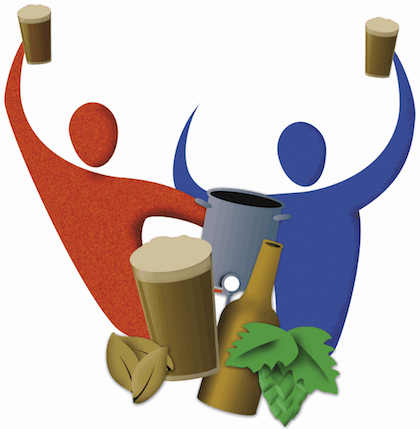The American homebrewing community rallied with its usual passion last year when a devastating fire that leveled 400 homes in Los Alamos, NM, forced all 18,000 residents to be evacuated and the Los Alamos National Laboratory to be closed for two weeks. As news spread that three members of the local homebrew club, the Atom Mashers, lost their homes and another, a storage shed, donations poured in.
"We are the ones who break the rules, who do the wild things."
Manufacturers and suppliers shipped equipment and ingredients, while members of other homebrew clubs sent cash.

“Some people who hear about the contributions think that it is silly to give homebrewing equipment to people who have just lost everything,” Atom Mashers president Mike Hall wrote in thank-you letter. “We can assure you that it is not—after the immediate short-term needs have been satisfied, the reality of the situation sinks in. Homebrewing is not one of the essentials in life, but sometimes it is the small pleasures that restore our sanity.”
American homebrewers are just plain different. Different from homebrewers in other countries. Different from amateur wine makers. Different, in fact, from other hobbyists. For instance, the most enthusiastic band of model railroaders could never change the US rail system like homebrewers changed the face of beer in the United States.
“They are still the ones setting the damn pace,” said Fred Eckhardt, who was there to put it down on paper when modern homebrewing was born.
Modern Homebrewing
It began before California Sen. Alan Cranston introduced the legislation to legalize homebrewing and President Jimmy Carter signed it into law in 1978. “It was more a matter of decriminalizing it,” said Charlie Papazian, who became the evangelist for the movement. “(The legislation) added a comfort level for the shops selling ingredients. People were more willing to stock good ingredients, to advertise they had them.”
Papazian had been teaching homebrewing classes in the Boulder area for five years when he and friend Charlie Matzen published the first issue of Zymurgy—a nationally distributed newsletter about homebrewing—and filed the papers to form the American Homebrewers Association. That was also in 1978, and the first issue of Zymurgy carried the news about Carter signing the Cranston bill.
“From the beginning, we never were brewing just to save money,” Papazian said. “In Canada and England, that was a reason to brew, because of the taxes. American homebrewers want to make beer like they can buy somewhere in the world.”
If it hadn’t been Carter and Cranston in 1978, it surely would have been another legislator and another president before long. Americans have been homebrewing since English settlers reached the New World. They didn’t stop for Prohibition and weren’t deterred by a typographical error when Prohibition was repealed. (When the law legalizing home wine making was printed in the Federal Register, the words “and/or beer” were left out, although Congress intended for them to be included.)
By the early ’70s, homebrewing Americans had a new focus. “Homebrewers brew home beer because domestic beer lacks the rich, malty taste they like,” Cranston said when the measure passed Congress. “Homebrewers share a creative desire to concoct beer to their own personal taste.”










